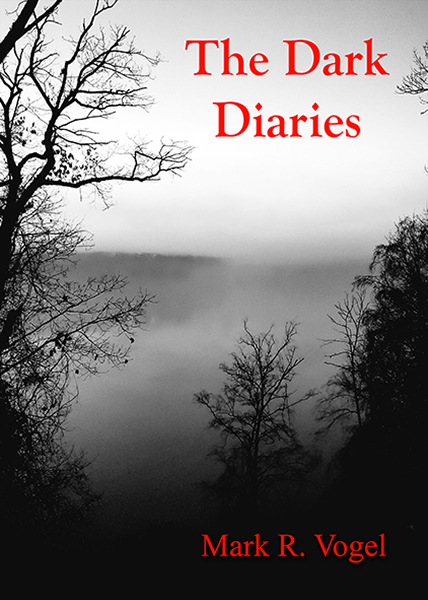Joe May’s sequel to James Whale’s masterpiece is weak in the few areas in which it posits original thought by which to distract the viewer from the fact that, holistically, The Invisible Man Returns is a poor facsimile of its predecessor. Unfortunately, the fleeting moments of cinematic novelty merely exist in order for the director to arrive at a stereotypical Hollywood ending in which the antagonists have been avenged and the protagonists are once again united.
Geoffrey Radcliffe (Vincent Price), is about to be wrongfully hung for the murder of his brother, Michael, when Frank Griffin (John Sutton) pays his last respects. Shortly thereafter, it is discovered that Geoffrey has disappeared. As Geoffrey attempts to clear his name, using invisibility as his veil, Frank desperately tries to find an antidote to the invisibility serum he issued to Geoffrey–which was developed by Frank’s uncle, John, nine years prior–before the key ingredient, Duocane, induces insanity in its subject.
Though hopeful and energetic, May’s film mimics its paterfamilias all too closely, in lieu of the fact that its story revolves around a murder mystery in place of a raving madman driven by his megalomania. The leading ladies in both James Whale’s original and May’s follow up are fiancées to their leading male counterparts, the latter of which both rely upon their vocal uniqueness while failing to fully utilize their body language in order to further contribute to their characters’ plights. Also, both invisible men’s visual identities remain veiled until the climax of their respective films (both appearing in bed, no less). Furthermore, the works posit a partner to their central male characters, who esteem for the affections of their friends’ fiancées.
Interestingly, as if the rights to the original couldn’t be obtained, Claude Rains’s character, Jack Griffin–uncle to Frank Griffin, the latter of which is following in his ancestor’s scientific footsteps–undergoes a name change to that of “John,” even though Rains’s picture is presented onscreen when his case file is opened. Also, the insanity-inducing chemical, Monocaine, is retitled “Duocane” (sic, I subtitled the work to make sure) for whatever reason in May’s sequel.
Unlike with Whale’s masterpiece, the humor in The Invisible Man Returns falls flat as one Doubting Thomas–at the citation of the existence of an invisible man–states, “I’ll believe it when I see it.” It is during these all-too-frequent departures from Geoffrey attempting to clear his name and reveal the identity of his brother’s killer that the would-be tension is entirely obliterated as May continually straddles the fence between the fields of comedy and mystery.
Yet the two films do contain marked differences, all of which permit May to come to a conveniently clear-cut Hollywood resolution. Aside from having the plot revolve around Geoffrey’s utilization of his newfound visual anonymity for a just case, the homosexual element of the original has been negated (with the exception of a quip relating two characters, Richard Cobb and Willie Spears, played by Cedric Hardwicke and Alan Napier respectively, as “boyfriend[s],” thus aligning homosexuality with villainy). Instead, we have Geoffrey’s fiancée, Helen Manson (Nan Grey), standing steadfastly beside her man throughout the film. Finally, the film culminates with the accidental discovery of a cure to Radcliffe’s invisibility and mounting mental instability, thus producing a happy ending: the bad guys get their comeuppance (i.e. death) and the good guys are vindicated (as opposed to Whale leaving his female lead alone, sans even a lonely suitor).
Another notable departure from the original lies in that, as with Rowland Lee’s Son of Frankenstein, insinuation is left by the wayside and replaced by explicit violence as we watch as one character, Willie, is hung onscreen (albeit, we are only permitted to see his feet dangling, until this time such a demise would take place off screen).
Belatedly, John Fulton was nominated for an Academy Award for Best Special Effects for his efforts on May’s film. However, one can now solidly and justifiably present the complaint that the opposing side of the Invisible Man’s collar has been absent since the first production yet, all in all, Fulton advances his techniques from seven years prior as we are witness to an even more dazzling array of floating objects, hollow shrouds, and autonomous clothing moving through the town.
The Invisible Man is a vastly inferior Xerox of James Whale’s classic. Where Joe May’s film manages to momentarily deviate from its forerunner, it does so in hopes of achieving audience appeasement. Luckily, John Fulton’s special effects fill the aesthetic void as the viewer is forced to resort to placating him or herself with the razzle and dazzle of the invisible man’s metaphysical glory in the wake of a stimulating, original narrative.
-Egregious Gurnow
- Interview with J.R. Bookwalter - January 22, 2015
- Interview with Andrew J. Rausch - January 22, 2015
- Interview with Rick Popko and Dan West - January 22, 2015
- Interview with Director Stevan Mena (Malevolence) - January 22, 2015
- Interview with Screenwriter Jeffery Reddick (Day of the Dead 2007) - January 22, 2015
- Teleconference interview with Mick Garris (Masters of Horror) - January 22, 2015
- A Day at the Morgue with Corri English (Unrest) - January 22, 2015
- Interview with Writer/Director Nacho Cerda (The Abandoned, Aftermath) - January 22, 2015
- Interview with Actress Thora Birch (Dark Corners, The Hole, American Beauty) - January 22, 2015
- Interview with Actor Jason Behr, Plus Skinwalkers Press Coverage - January 22, 2015


